A British woman who once identified as a transgender man says she has heard from “hundreds” of people who also rejected a transgender identity. She plans to launch a nonprofit group to welcome detransitioners, who are often rejected and demonized in the LGBT community.
Charlotte Evans went public with her story of detransition last year, and she told Sky News she has been contacted by “hundreds” of people seeking help.
“I’m in communication with 19 and 20-year-olds who have had full gender reassignment surgery who wish they hadn’t, and their dysphoria hasn’t been relieved, they don’t feel better for it,” Evans said. “They don’t know what their options are now.”
Similarly, Walt Heyer, a man who once identified as a woman and went through full transgender surgery before detransitioning and embracing his birth sex once more, has reported hearing from hundreds of detransitioners in America, seeking help. His website SexChangeRegret.com is a valuable resource for those who regret their transgender identity.
“In the ten years or so that I’ve worked with people, 100 percent — every single last one of them — has had some kind of event — traumatic, painful, horrible, some sexual, some physical, some emotional — happen to them, sometime between the ages of 4 and 15, that caused them to not want to be who they are,” Heyer told PJ Media last year.
Evans, who did not take cross-sex hormones or puberty blockers and who did not undergo transgender surgery, argued that the hormones of puberty can contribute to gender confusion, and suggested that most transgender people would detransition when their brains fully mature around age 25, so long as they did not take hormones or undergo surgery.
“I think some of the common characteristics are that they tend to be around their mid-20s, they’re mostly female and mostly same-sex attracted, and often autistic as well,” Evans said.
The Tavistock and Portman National Health Service Trust offers transgender services for children under 18, with patients as young as 3 or 4 years old. They now have a record number of referrals and see 3,200 percent more patients than they did ten years ago, with the increase for girls up by 5,337 percent, Sky News reported. They have even started diagnosing kids with gender dysphoria (the persistent identification with the gender opposite one’s biological sex) over Skype.
Last year, a study suggested that there could be as many as 1.13 million U.S. teens who identify as transgender, 2.7 percent of the population. An Australian psychiatrist said that kids are “trying out” transgenderism as a fad.
In a scientific study published in the academic journal PLOS ONE, researcher Lisa Littman investigated “rapid onset gender dysphoria.” Teenagers who had no gender confusion or gender non-conforming behavior as children then suddenly announced to their parents and the world that they were transgender, requesting hormones and surgery. She found that “rapid onset gender dysphoria” could result from a “social or peer contagion” much like anorexia. Girls were more likely to develop it.
For her part, Evans described how she rejected her transgender identity and embraced herself as a woman.
“A decade ago, I was 17 years old. I was tightly binding my chest, and had shaved my hair, adamant that I was not a girl. I knew I was a boy, because I hated the way my chest attracted attention, I hated my period, I hated attention from boys,” she wrote in a post on Medium. “I knew I was a boy, because I loved cars, and trucks, and mud, and boxing, and girls. I knew I was a boy, because I didn’t ‘act’ like a girl – nothing about my character ‘felt’ girly, and trans ideology says everyone feels their gender. I didn’t feel like a girl.”
A feminist who believes men have more social power than women, Evans wrote that “trans ideology sold me on the idea I could identify into the powerful group. I was hurt knowing I couldn’t marry a woman at that time, hurt that I couldn’t have a family that looked like the only families I had seen until then. The idea I could ‘identify’ out of oppression, and be a straight man instead, felt liberating.”
“Many – maybe most – are gender non conforming lesbians, who were raised in gendered homes where the roles of girls and boys were strictly defined. No wonder they felt like boys. Most desisted at the same age as me – around age 25. This is not a coincidence,” she added. “This is the age your brain becomes fully developed.”
While there are no good studies on detransitioning, Evans presented a theory as a biologist. “During adolescence, your brain is almost completely remoulded. Your prefrontal cortex, this part at the front of your head, is the last bit to develop. It is responsible for some really important stuff – controlling impulses, solving problems, making decisions, seeing what impact your choices have on your future.”
“The maturation of the brain in this way is caused by sex hormones, which are specifically increased during puberty for the purpose of developing the brain’s ability to learn, remember, cope with emotions, and process social interactions. As far as we know, these changes are permanent. The brain’s development will continue until you are about 25,” she explained.
Evans recalled a revealing moment in the summer of 2018. At the London LGBT pride parade, a group of lesbians protested the inclusion of transgenderism. They marched with the banner “Transactivism Erases Lesbians.” The group originally wanted to convince the LGBT movement to take the T out, but they later settled for asking to have the L removed instead.
Transgender activism supports both conversion therapy and rape culture, “Take the L Out” argued. Transgenderism offers young lesbian women the option of identifying as men, effectively making them “straight.” Transgender activists also insist that lesbians should welcome relationships with biological men who identify as women. In the guise of being “tolerant,” lesbians are asked to open their dating pool to men.
Evans complained about this, suggesting that this phenomenon “further drives young girls onto the path of transitioning. Accepting males into their sexual orientation is a pressure placed on lesbians, but is not expected of straight men.”
When Get the L Out marched in London, Evans identified as transgender. She attacked the lesbian protesters and expected them to be hateful and bigoted. Many LGBT activists condemn these gender-critical women as “trans-exclusionary radical feminists,” using the slur “T*RF” against them.
Yet as Evans met with these women, she did not find them hateful or bigoted, but reasoned and intelligent. She began to question the idea of transgenderism: “Is it really progressive to believe in boy brains and girl brains? Is it really progressive to believe rejecting the stereotypes of your own sex means that you are not a woman? It was the final tap of an already wobbling domino. And the rest of the dominoes fell quickly.”
“When I was faced with the science and philosophy opposing queer theory, I was forced to change my mind … I could no longer ignore the evidence,” she wrote. “In a progressive society, my disregard for gender norms would be celebrated. Instead, because I didn’t feel like a girl I was told I was not a girl. I was told that the best treatment for this was to have transitional surgery — to match my brain to my body. I understand now that the problem is not with me — my personality is not something that needs to be fixed with hormones and surgery.”
Evans insisted that there are “thousands of us,” but that their “voices are hidden because we are seen by the queer community as an inconvenient consequence of their movement.”
She recalled being approached by a young girl with a beard who hugged her after she had given a speech. She was a detransitioned woman as well.
“She said she felt shunned by the LGBT community for being a traitor. So I felt I had to do something,” Evans said. The first meeting of her Detransition Advocacy Network is scheduled for the end of October.
Twenty-one-year-old Ruby, a woman who began identifying as male at age 13, reached out to the network and told her story to Sky News. She was scheduled to undergo surgery but thought better of it.
“I didn’t think any change was going to be enough in the end and I thought it was better to work on changing how I felt about myself, than changing my body,” she said. “I’ve seen similarities in the way I experience gender dysphoria, in the way I experience other body image issues.”
Ruby had an eating disorder, and told that to the therapist who diagnosed her with gender dysphoria, but the therapist did not consider that her gender confusion could be connected to that a disorder.
“When I was at my gender clinic to get referred for hormones, we had a session where I went over my mental health issues and I told them about my eating disorder and they didn’t suggest that that could maybe be connected with my gender dysphoria,” she said. “For everyone who has gender dysphoria, whether they are trans or not, I want there to be more options for us because I think there is a system of saying, ‘okay here’s your hormones, here’s your surgery, off you go.’ I don’t think that’s helpful for anyone.”
The Detransition Advocacy Network exists to give people like her more freedom.
Follow Tyler O’Neil, the author of this article, on Twitter at @Tyler2ONeil.


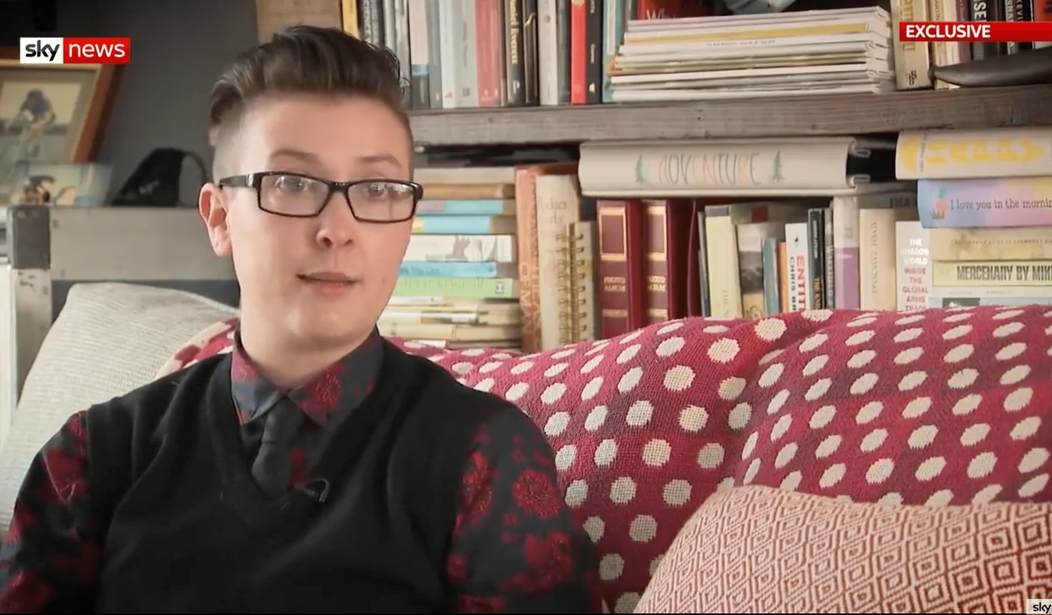
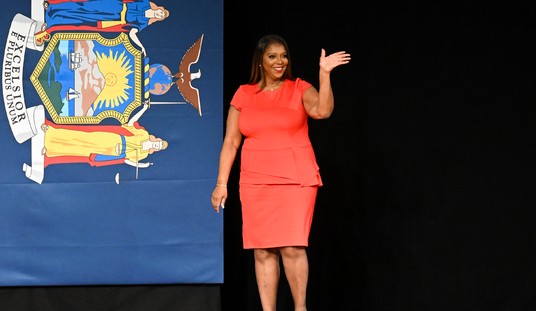
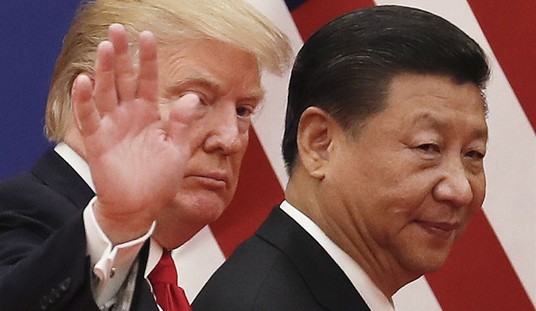


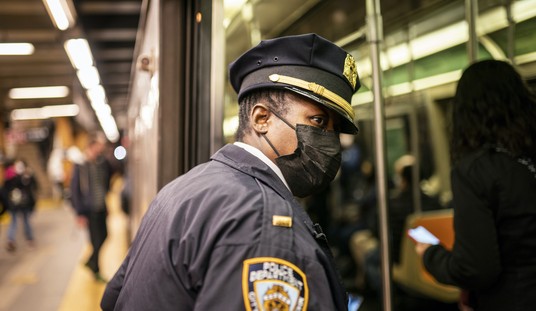
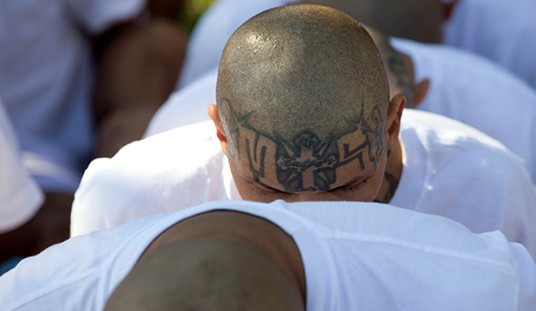
Join the conversation as a VIP Member